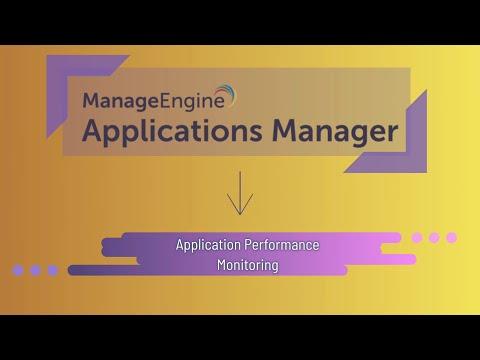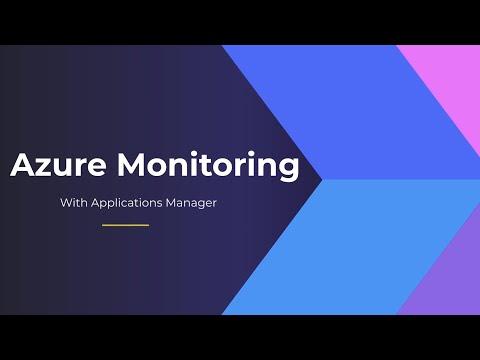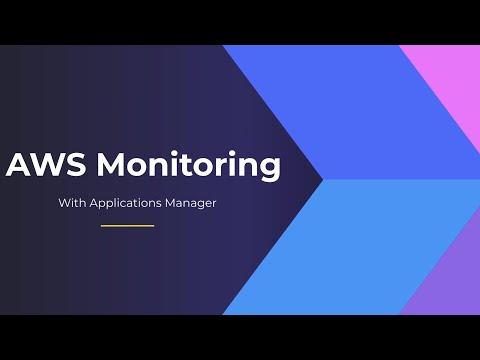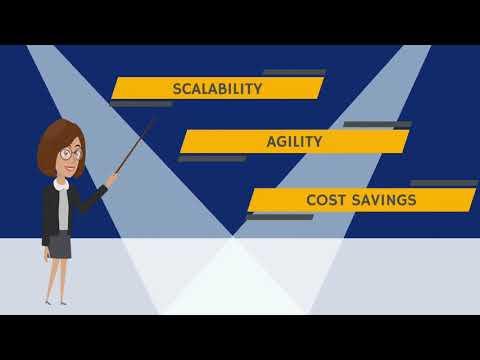Though online businesses can’t offer the same sort of “human touch” as the staff at a brick-and-mortar store, they can go quite a long way toward personalizing and improving the end-user’s experience. End-user behavior learning technology provides the business with a view into how each end-user interacts with their online business services to ensure a superior user experience.
The business learns about user experiences based on past online activity, and quickly and proactively adjusts to meet expected levels of service regardless of the conditions or variables, such as for online shopping during the holiday season, when traffic peaks on many sellers’ websites.
Behavior Learning: The Key to Positive Customer Experiences
Superior, personalized online experiences happen because technology enables the business to deliver desired results based on learned behavior. IT has its own model and technology to identify “abnormal” behavior of applications and systems that affect the user’s experience and behavior. End-user behavior learning tells IT (and application owners) about each person using a specific technology or application and how the application performance affects the user’s actions.
Tools support end-user and application learning by leveraging statistical process control to gather data from multiple sources, establish patterns of behavior, and proactively detect subtle changes in that behavior. If you can monitor end-user and application behavior, and establish norms, then you can more proactively detect a performance issue. The technology can determine the impact on users and the business, isolate the cause of the problem, and drive corrective actions.
Behavior learning technology understands the systems, detects deviations from normal behavior, and provides fewer, earlier, and more accurate alerts. For example, a sluggish response time is a clear indicator that something is “misbehaving” in your infrastructure. End-user behavior learning technology tells you the expected response time based on the time of day, the day of week, load on the system, location of the user, and so on.
By understanding the expected behavior of the applications under various conditions, you can detect a slowdown before a user calls the help desk or abandons your site. You can also quickly assess the impact of new or modified application features, and changes in user traffic or system configurations.
The Starting Point: Behavior Monitoring
By monitoring and learning the normal behavior of your applications and your end users, you can understand what and how elements are being accessed and who is accessing them. If a change in end-user behavior occurs at the time of a slowdown, an alert is generated to notify an administrator or operator. By monitoring user and application behavior and establishing the norms for any given time period, you can proactively determine when changes occur in performance or behavior over time.
Real and “Synthetic” Users
End-user monitoring should extend to both the real user and the “synthetic” user. With synthetic transactions, you can simulate types of actions — setting up critical user scenarios and running them repeatedly to establish a baseline for comparing the performance for that same series of steps from one hour or day to the next. This is especially useful for assessing the availability of key scenarios and determining whether changes to the application or to the environment in which it runs will affect the end-user experience.
When combined with “real” user monitoring, you can determine if performance is impacted by other criteria, such as the volume or location of users, the actions the user takes, the use of mobile or non-mobile devices, or by a change in the application or environment that modifies or introduces new critical user scenarios.
Speed Matters
Advanced application performance monitoring solutions detect problems based on real end-user response times as soon as a single user begins to experience them, capturing all the data necessary to quickly prioritize, diagnose, and resolve the problems. You can know what problems are likely to impact your users and how to prioritize and assign them based on the issue source and the potential criticality and severity of user and business impact. Behavior learning solutions evaluate this data, identifying behavioral patterns so that you know when application response times and the end-user experiences are becoming slower ― or faster ― than usual.
End-User Behavior as a Source of Business Information
If a slowdown occurs in the volume of transactions completed, you can correlate that type of business information to the end-user and application response times. You can quickly determine if there is a potential problem and proactively investigate the issue. The performance of all the individual service components may appear to be satisfactory. Yet combined the services being delivered may not be performing satisfactorily to the end user. This combination gives you awareness of the experience and the potential impact on your business.
Monitoring Your Services in the Cloud
Understanding the real user experience is essential for monitoring your services in the cloud. In the cloud, you don’t always have access to the infrastructure and applications being delivered. If, however, you monitor the real user experience when trying to access the cloud, then you have a better sense of whether you and your customers are getting the service you paid for and expect.
More than Just a “Nice Touch”
Behavior-learning technology observes behavior with the goal of providing a positive customer experience. The technology empowers you to do a better job of identifying the root cause of problems and resolving application and infrastructure issues before they impact critical business services. The result will be greater customer satisfaction and loyalty, as well as an increased ability to attract new customers.
About David Williams
David Williams is a Vice President of Strategy in the Office of the CTO, with particular focus on availability and performance monitoring, applications performance monitoring, IT operations automation, and management tools architectures. He has 29 years of experience in IT operations management. Williams joined BMC from Gartner, where he was Research VP, leading the research for IT process automation (run book automation); event correlation and analysis; performance monitoring; and IT operations management architectures and frameworks. His past experience also includes executive-level positions at Alterpoint (acquired by Versata), IT Masters (acquired by BMC Software), and as vice president of Product Management and Strategy at IBM Tivoli. He also worked as a Sr. Technologist at CA for Unicenter TNG and spent his early years in IT working in computer operations for several companies, including Bankers Trust.
About Leslie Minnix-Wolfe
Leslie Minnix-Wolfe is the Lead Solutions Marketing Manager for Proactive Operations and Application Performance Management solutions at BMC Software. Minnix-Wolfe has more than 25 years of diverse development and marketing experience, primarily in the IT systems management domain, with a broad base of experience, especially in Business Service Management and predictive analytics. She previously held product and development management positions at several high-tech start-ups, including Netuitive and Managed Objects.
The Latest
Industry experts offer predictions on how NetOps, Network Performance Management, Network Observability and related technologies will evolve and impact business in 2025 ...
In APMdigest's 2025 Predictions Series, industry experts offer predictions on how Observability and related technologies will evolve and impact business in 2025. Part 6 covers cloud, the edge and IT outages ...
In APMdigest's 2025 Predictions Series, industry experts offer predictions on how Observability and related technologies will evolve and impact business in 2025. Part 5 covers user experience, Digital Experience Management (DEM) and the hybrid workforce ...
In APMdigest's 2025 Predictions Series, industry experts offer predictions on how Observability and related technologies will evolve and impact business in 2025. Part 4 covers logs and Observability data ...
In APMdigest's 2025 Predictions Series, industry experts offer predictions on how Observability and related technologies will evolve and impact business in 2025. Part 3 covers OpenTelemetry, DevOps and more ...
In APMdigest's 2025 Predictions Series, industry experts offer predictions on how Observability and related technologies will evolve and impact business in 2025. Part 2 covers AI's impact on Observability, including AI Observability, AI-Powered Observability and AIOps ...
The Holiday Season means it is time for APMdigest's annual list of predictions, covering IT performance topics. Industry experts — from analysts and consultants to the top vendors — offer thoughtful, insightful, and often controversial predictions on how Observability, APM, AIOps and related technologies will evolve and impact business in 2025 ...
Technology leaders will invest in AI-driven customer experience (CX) strategies in the year ahead as they build more dynamic, relevant and meaningful connections with their target audiences ... As AI shifts the CX paradigm from reactive to proactive, tech leaders and their teams will embrace these five AI-driven strategies that will improve customer support and cybersecurity while providing smoother, more reliable service offerings ...
We're at a critical inflection point in the data landscape. In our recent survey of executive leaders in the data space — The State of Data Observability in 2024 — we found that while 92% of organizations now consider data reliability core to their strategy, most still struggle with fundamental visibility challenges ...











